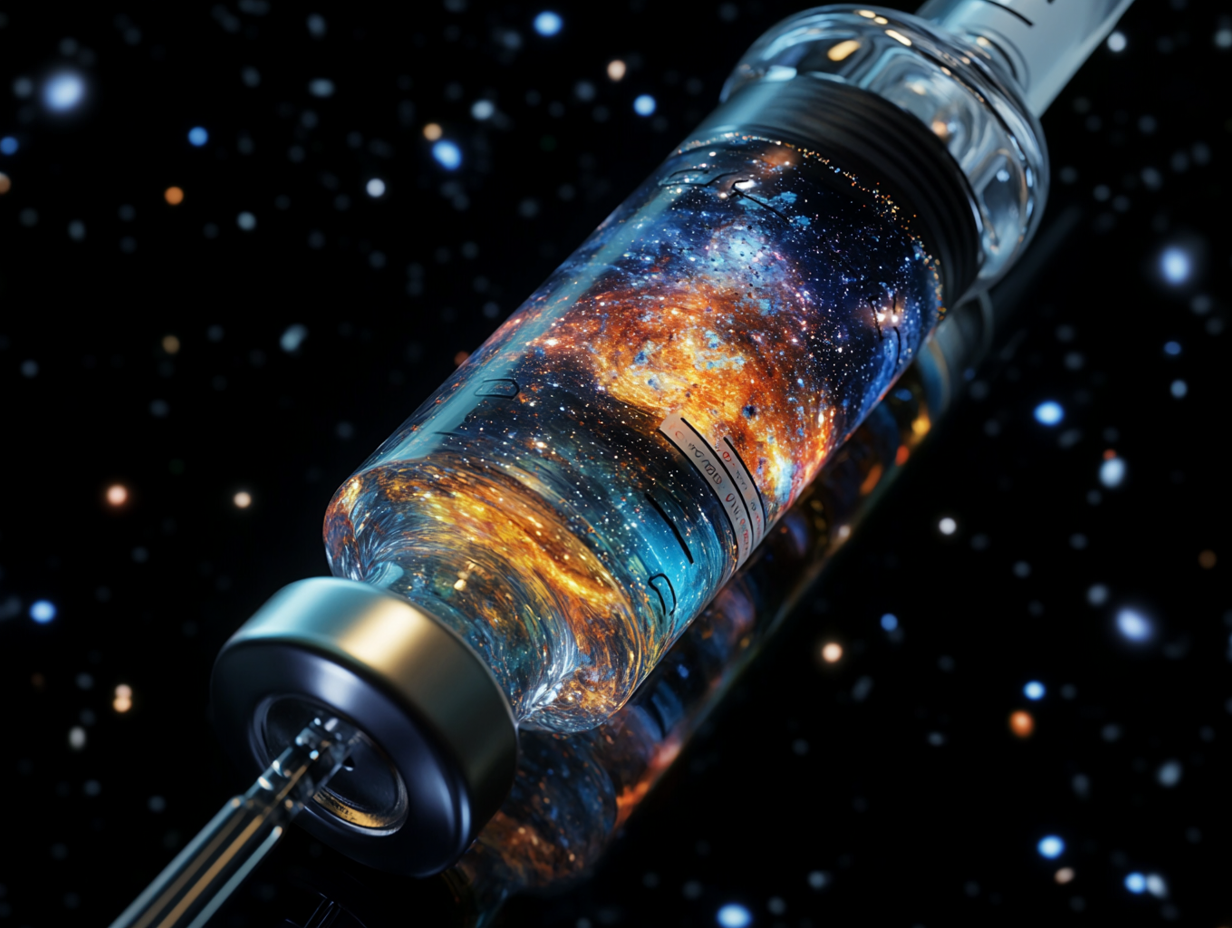It starts with a calendar invite called “AI Check‑In,” or something similarly vague. You file into a small conference room or click into a large Zoom, everyone half‑expecting to talk about next‑best-action models. Someone mentions a competitor’s agentic pilot, while someone else admits the MLR queue now makes regular appearances in their nightmares. Finally, the real question surfaces: Are we living through an AI bubble?
Sam Altman, who is not known for underselling the future, recently said that we are. He described a typical pattern: Smart people get “overexcited about a kernel of truth,” then capital flows to three‑person startups at valuations that require a willing suspension of disbelief. He also said the buildout will be real enough that OpenAI expects to spend “trillions” on data centers.
As bubbles go, that’s industrial‑strength froth on top of a large concrete foundation. But if the people selling the shovels say there’s a gold rush, what should we, the people in charge of regulated engagement and omnichannel orchestration for actual medicines, make of it?
If you squint at markets rather than models, the mood looks split down the middle. Bank of America’s October Global Fund Manager Survey revealed that a majority believe AI-related assets are in a bubble. Even central banks have started to issue dry, carefully worded versions of “be careful up there.”
Yet many of those investors have stayed put. They might call it a bubble while quietly riding the wave, but this is not dot‑com cosplay. It’s a trench war over whether near‑term revenue can catch up to capital expenditure at the pace the narrative requires. Meanwhile, In early November, Manifold pegged the odds of the AI bubble popping by December 31, 2026 at 37% (it defined the bubble pop as “a reduction in the Roundhill Magnificent Seven ETF (MAGS) closing price of 35% or more within a period of 10 consecutive trading days”).
Asked whether an AI bubble truly exists, life sciences leaders respond with a mix of optimism and caution.
“Right now I believe we’re approaching the top of a hype cycle, which can create unrealistic expectations,” says Kelly Simon, head of rare disease at Viatris. “Because rare disease communities are small, AI use in content needs recognized industry standards, providing practical guardrails that consider identifiability and keep voices genuine.”
Molly Walpola, CX senior manager at Novo Nordisk, draws a similar distinction. “I think we are in an AI adoption curve – which differs from a bubble, which can burst based on underlying cause or trajectory motivated by speculation,” she explains. “AI is not yet at the peak of the adoption curve, as the focus is shifting to application-specific uses. Individuals and companies are seeing efficiencies in productivity, from simple and complex data mining to creativity.”
Walpola adds, however, that this comes with a caveat: “The downside is that users can become complacent with AI outcomes or use it unethically.”
Sajid Sayed, director, digital acceleration, medical communication and information, oncology business unit, at AstraZeneca, believes the bubble-or-no-bubble question shouldn’t be viewed in binary terms. “Are we in an AI bubble? In pharma, yes – on valuations and expectations – but not on underlying utility,” he notes. “AI is earning its keep in narrow, measurable domains (computational pathology QC, document automation, safety signal triage, literature surveillance), yet it’s overclaimed for discovery and clinical translation where data quality, governance and biology’s complexity bite back.”
Abdulhafeez (Ayo) Mustapha, category manager, commercial procurement (patient service) at a large biopharma company, similarly believes the bubble/no bubble question oversimplifies the situation at hand. “There’s clearly a lot of capital chasing the promise of AI, but inside pharma the story looks different. The valuations may be inflated, but the real divide is between financial hype and operational reality,” he explains. “Unlike the dot-com era, companies today are running controlled pilots, measuring outcomes and building governance around adoption. What we’re seeing isn’t a bubble so much as a recalibration of expectations.”
Zvi Mowshowitz, who is uncommonly good at identifying the elephant in the room, took a different approach: He decided to refine the question itself. If a “bubble” is simply “we get a 20%+ drawdown for six months,” sure, that’s plausible, because markets sometimes react that way. But if “bubble” means Y2K‑style prices with no plausible path to cash flows, he’s skeptical.
Mowshowitz’s point, translated to the life sciences world, suggests that we should expect portions of the stack to get steamrolled by frontier labs, while “picks and shovels” and core infrastructure more closely resembles a long build than a tulip mania. In other words, some things you see today may be overpriced, but the category isn’t imaginary. For marketers, that suggests discriminating between hype that only makes decks prettier and the capabilities that will still be there after a correction.
Meanwhile, inside life sciences, the adoption picture is both weirder and more useful. IBM’s global index shows about 42% of enterprise‑scale organizations actively using AI, with another 40% still exploring. That’s not an extinction‑level hype cycle so much as a slow, uneven staircase to the top.
In pharma, the ambivalence is even sharper. An April 2024 survey by ZoomRx found that two‑thirds of the top 20 companies had banned ChatGPT on security grounds, even as practitioners kept using AI to get their jobs done. This is what a regulated bubble looks like: There’s caution tape around the front door and a workshop humming in the back.
Yet when you step away from headlines and toward P&Ls, the numbers begin to make more sense. IQVIA’s 2025 commercialization survey found that nearly half of companies now put more than 20% of their commercial budget into AI, with 58% of leaders seeing 2x ROI within a year.
There is a bubble in press releases; there is also a spreadsheet that says “keep going” as long as the work is addressing known bottlenecks. Those bottlenecks are familiar ones: Segmentation that never quite segments, content that can’t get through MLR, orchestration that turns into channel noise instead of tailored guidance.
If you need a sanity check on where to focus your energies, take a closer look at how the pipes are actually being used. A Salesforce report released in September revealed that 94% of life sciences leaders expect AI agents to become essential within two years, particularly for compliance‑adjacent chores like document generation and regulatory reporting.
In the report, Salesforce also reminded everyone that U.S. healthcare and pharma spent on the order of tens of billions on ads in 2024 and that leaders think 30% of current sales and marketing effort is wasted by targeting the wrong person or delivering the right message at the wrong time. Agents that simply stem that leakage will pay for themselves.
It’s not sexy to say “our first killer use case is consent language,” but this is the pattern in the life sciences industry. The earliest wins live in the unglamorous places where risk is high and variability is expensive.
So are we in an AI bubble? If you define “bubble” as the distance between story and cash flow, there’s some inflation. If you define it as the distance between capability and utility, pharma is shrinking the gap by the week.
Personally, I’m going to keep borrowing from both camps. From the worriers, I’ll take a healthy suspicion of anything that can’t pass MLR; from the optimists, I’ll take a willingness to wire language models into the parts of our business where machines already do the work and humans do the judgment.
When the hype ebbs, you’ll still need the plumbing. And plumbing, as all good marketers discover by their third launch, is where the real growth lives.
Do you believe we’re currently in an AI bubble? Drop us a note at hello@kinara.co, join the conversation on X (@KinaraBio) and subscribe on the website to receive Kinara content.



